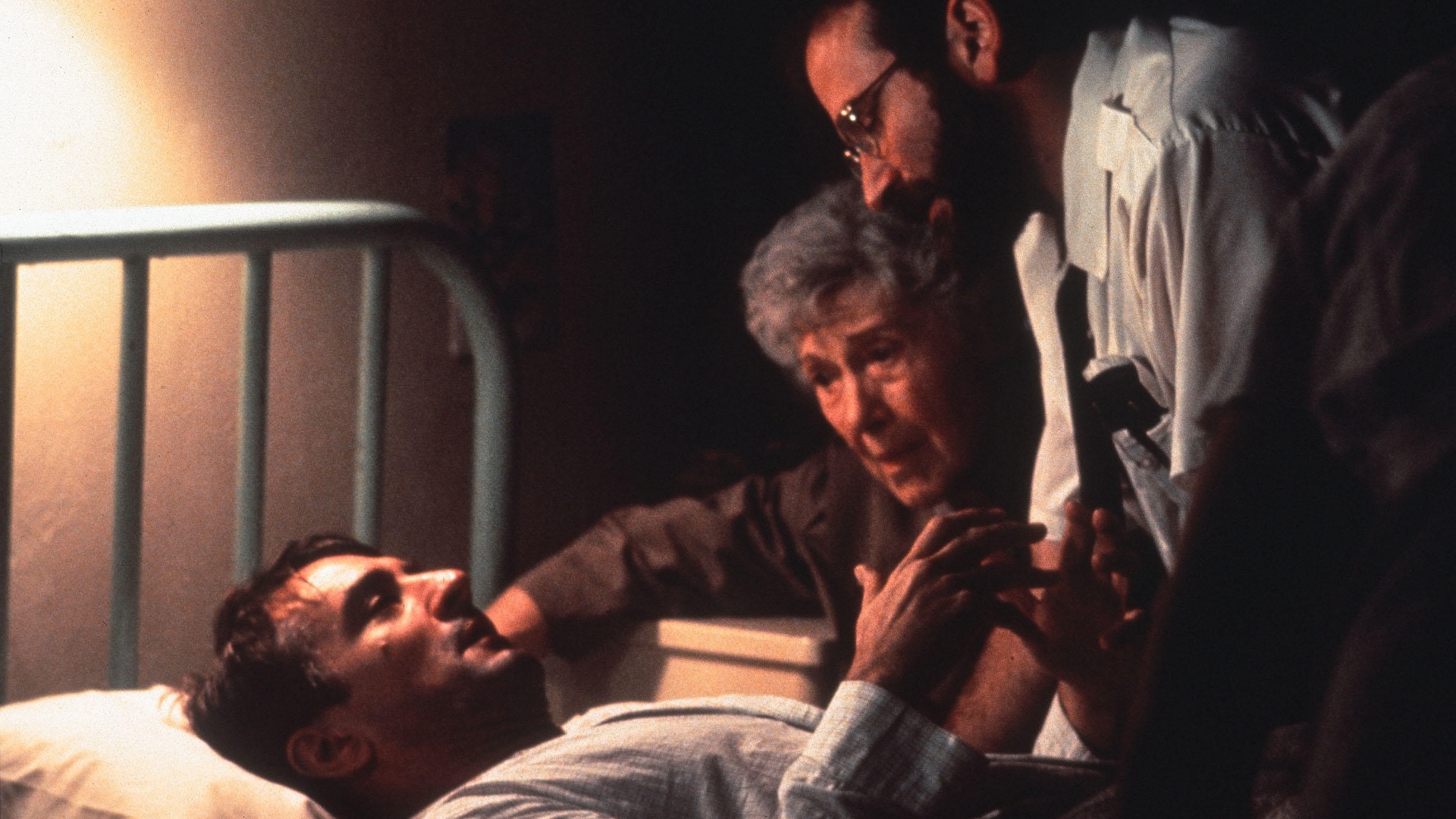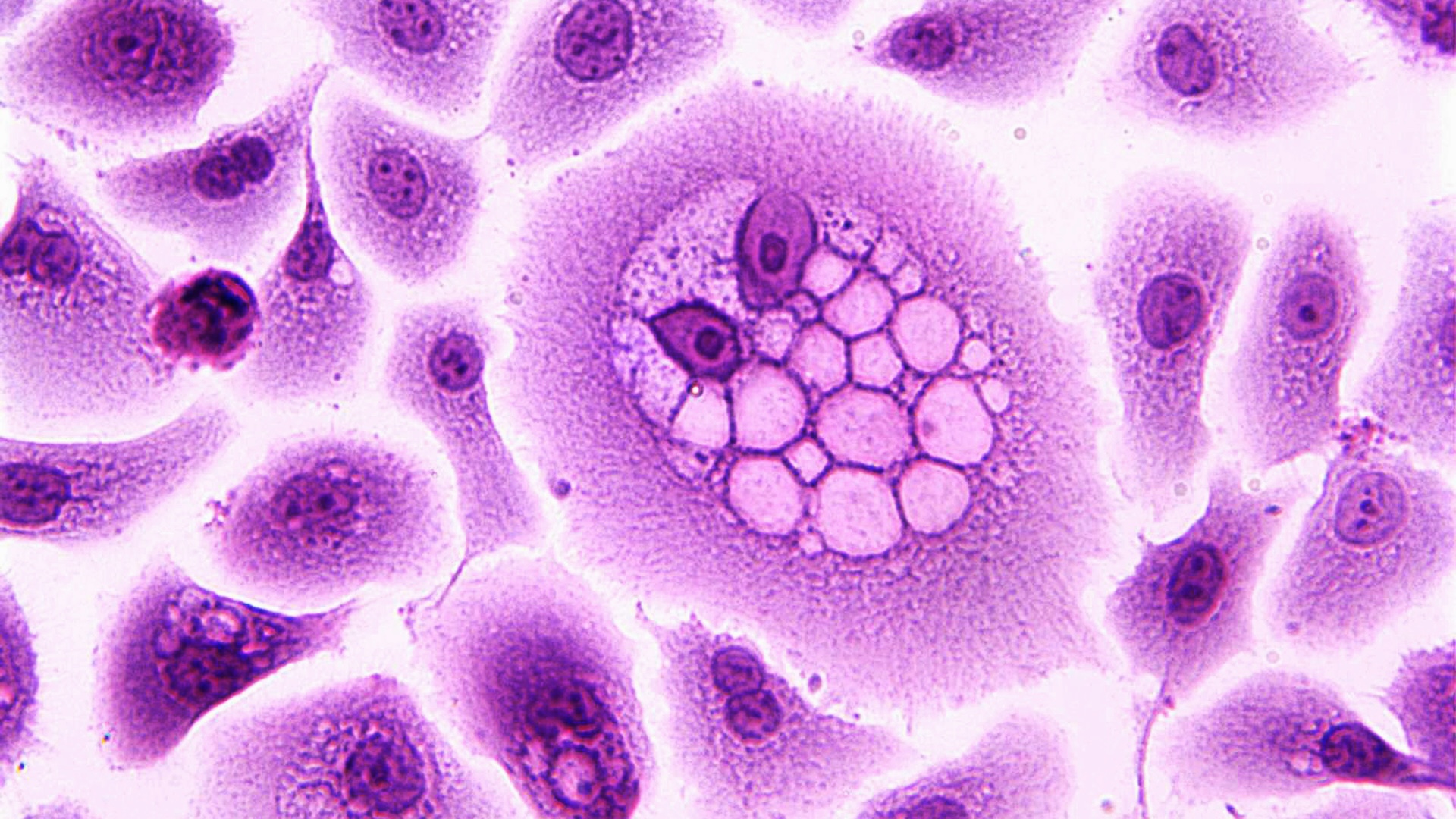JMMP, Vol. 7, Pages 106: Effects of Friction Stir Welding Process Control and Tool Penetration on Mechanical Strength and Morphology of Dissimilar Aluminum-to-Polymer Joints
Journal of Manufacturing and Materials Processing doi: 10.3390/jmmp7030106
Authors: Arménio N. Correia Paulo A. M. Santos Daniel F. O. Braga Ricardo Baptista Virgínia Infante
An engineering grade polymer—glass fiber-reinforced polyphenylene ether blended with polystyrene—and an aluminum alloy—AA6082-T6—were joined by friction stir welding in an overlap configuration. A comprehensive analysis was conducted of the effects of the tool penetration by adjusting the pin length and the process control on the joints’ mechanical performance. To this end, a series of welds with a fixed 3° tilt angle, a travel speed of 120 mm/min, and 600 RPM of rotational speed was carried out. The analysis encompassed the mechanical strength of the fabricated joints and the mechanical energy input throughout the joining processes, the resulting cross-sectional interfaces, both on macro and micro scales, and the observed defects. The quasi-static shear tensile tests resulted in average tensile strengths varying between 5.5 and 26.1 MPa, representing joint efficiencies ranging from 10.1% to 47.4%, respectively. The joints that exhibited the lowest mechanical performance were fabricated with the highest level of tool penetration (higher pin length) with the process being position-controlled, while the best performance was recorded in joints welded with the lowest tool penetration and a force-controlled process. Nonetheless, the joint welded with a 2 mm long pin and position-controlled process exhibited a mechanical strength comparable with the highest one with a significantly lower standard deviation, a promising attribute for technological industrialization. In this way, it was found that the tool penetration, controlled by adjusting the pin length, played a significant role in the development of the joints’ morphology and, consequently, mechanical performance, whereas the process control exhibited a minor influence on the mechanical performance of the joints, but a considerable effect on process repeatability.

 1 year ago
42
1 year ago
42


